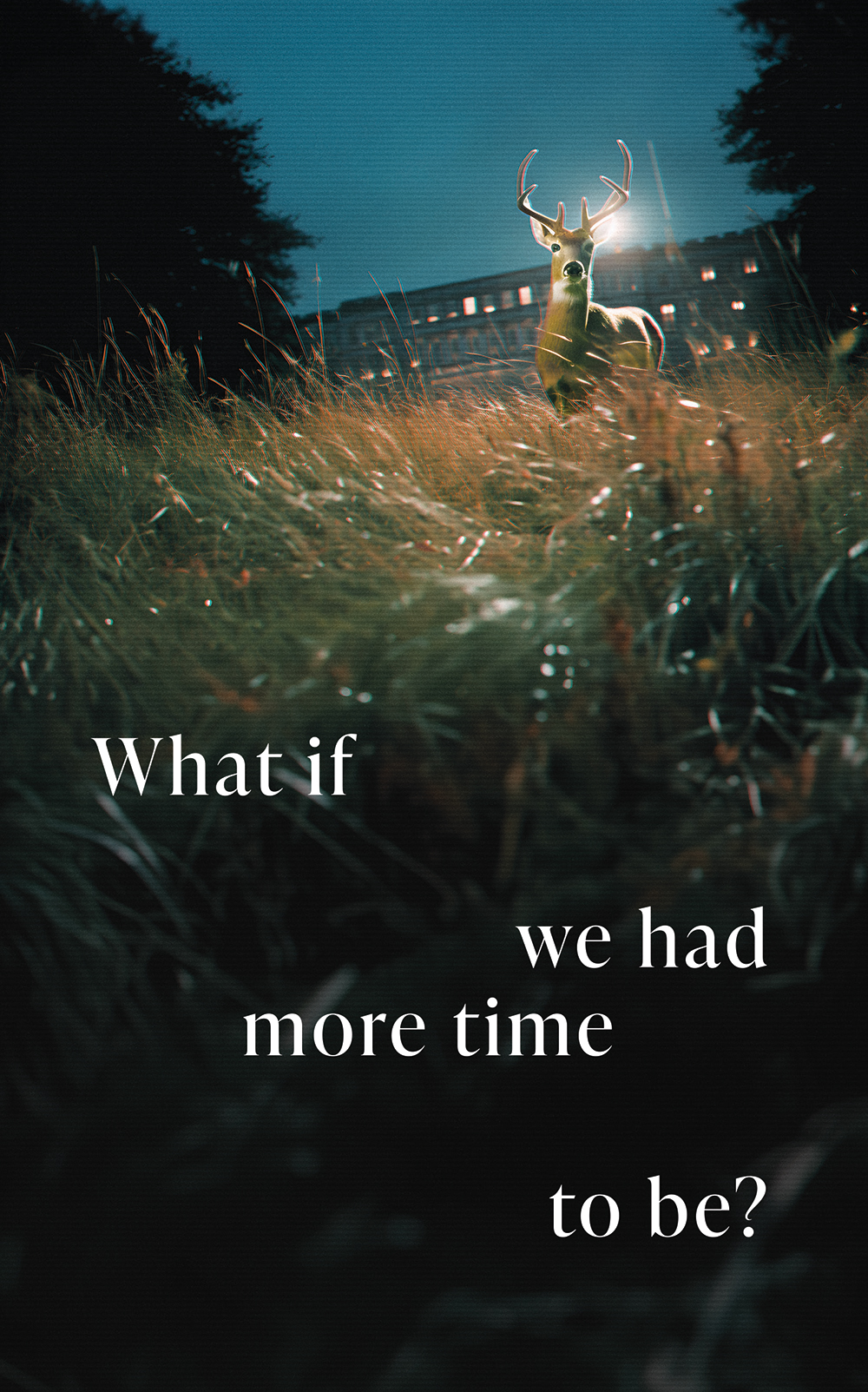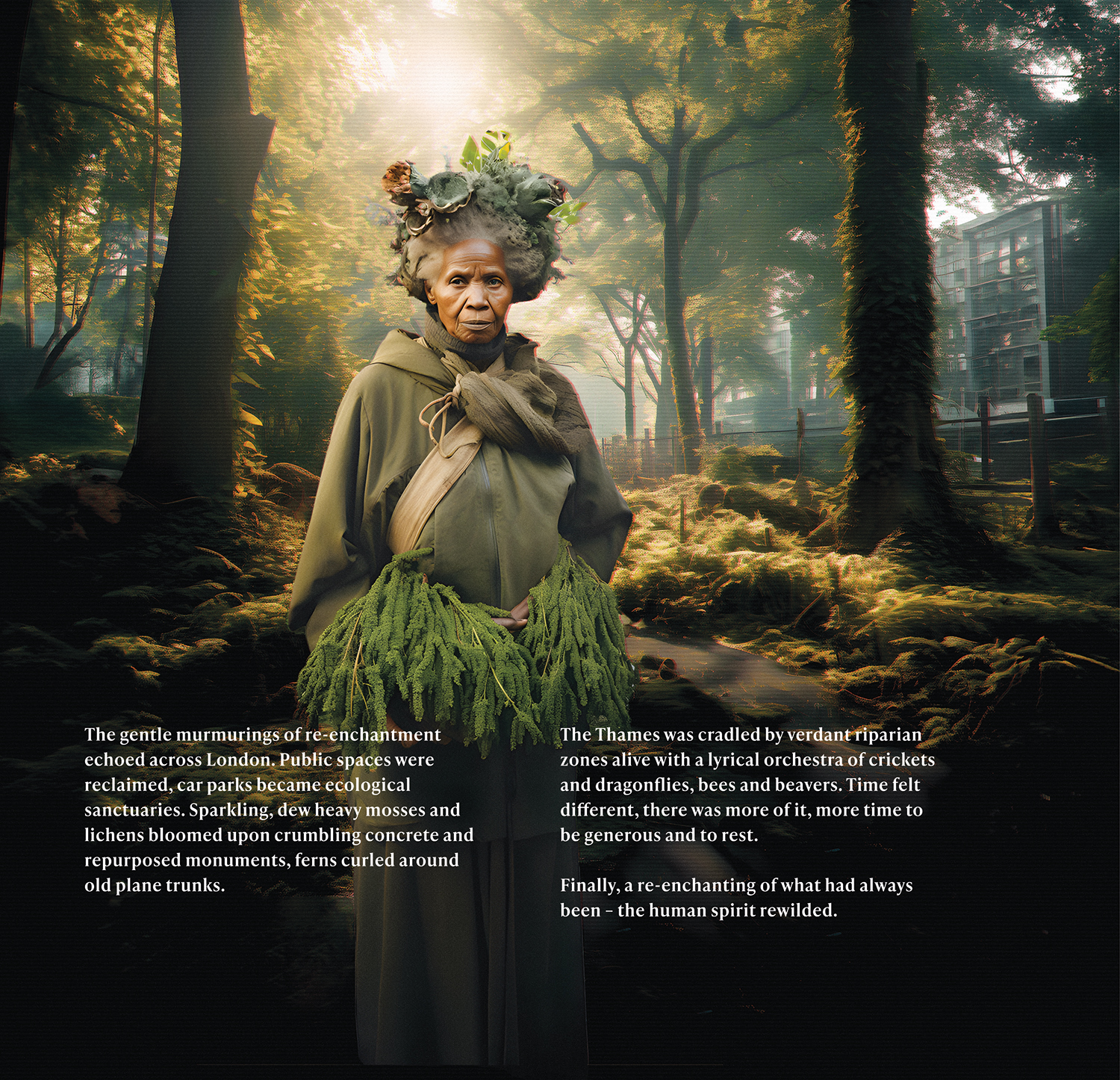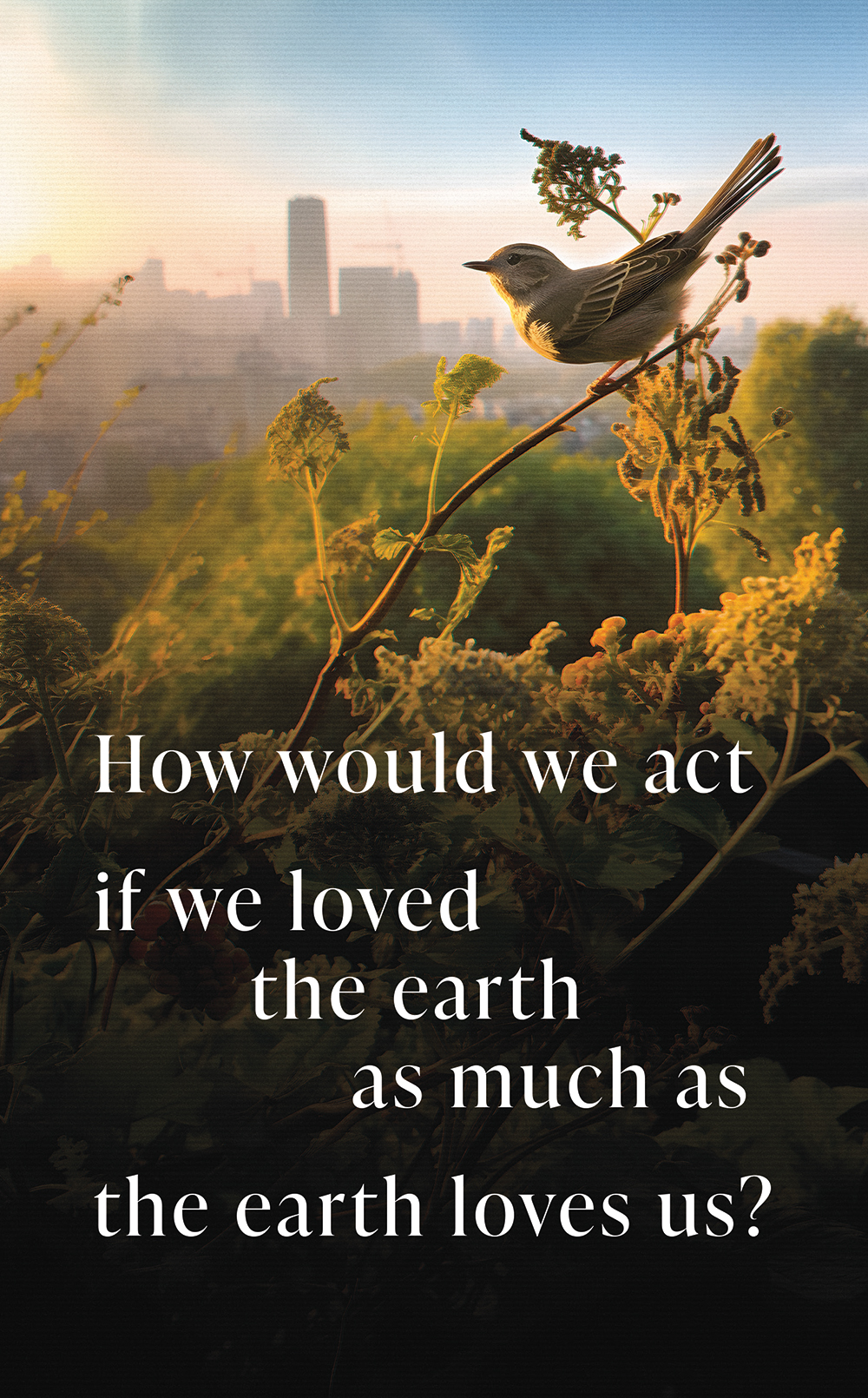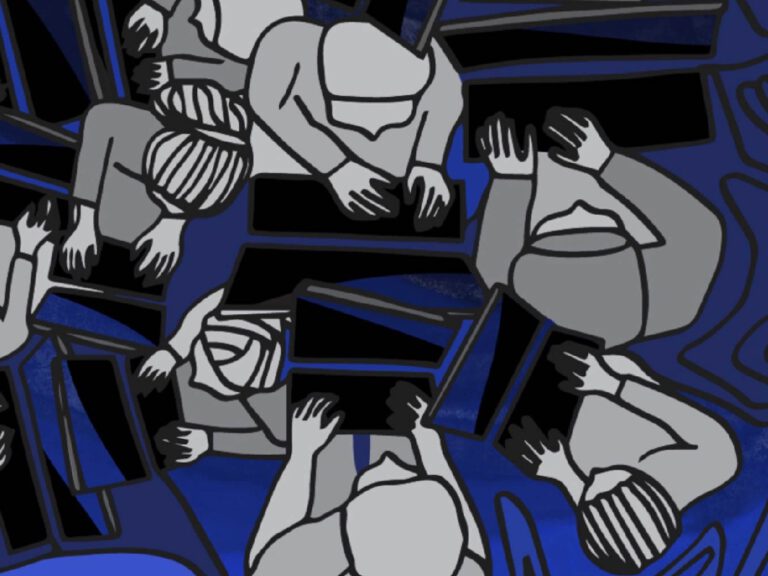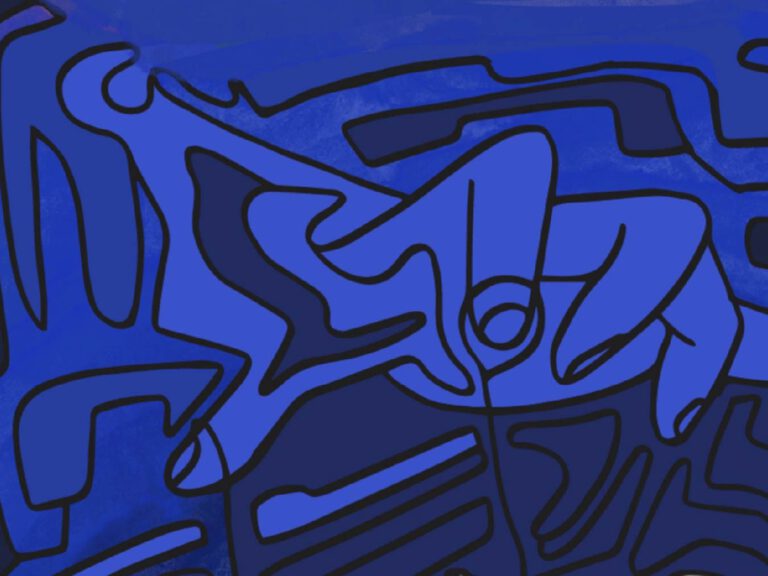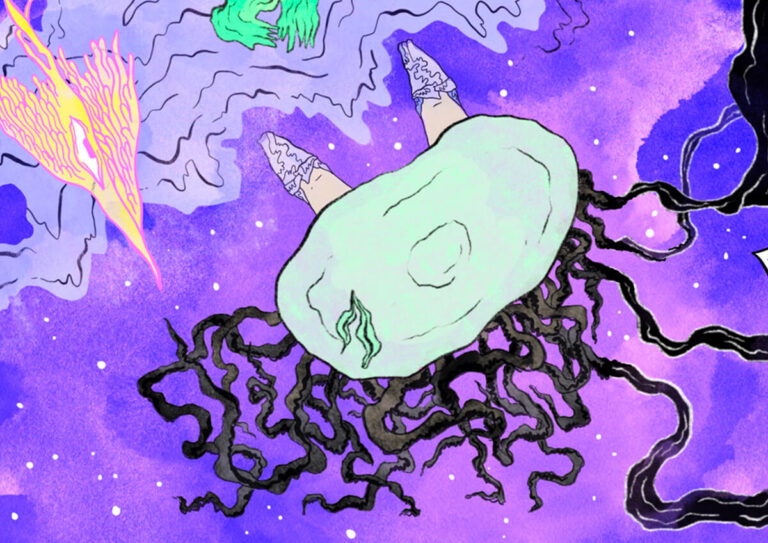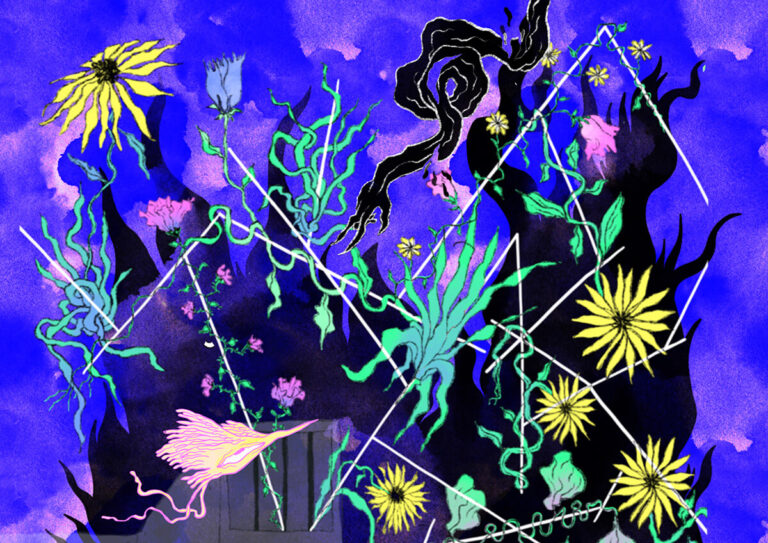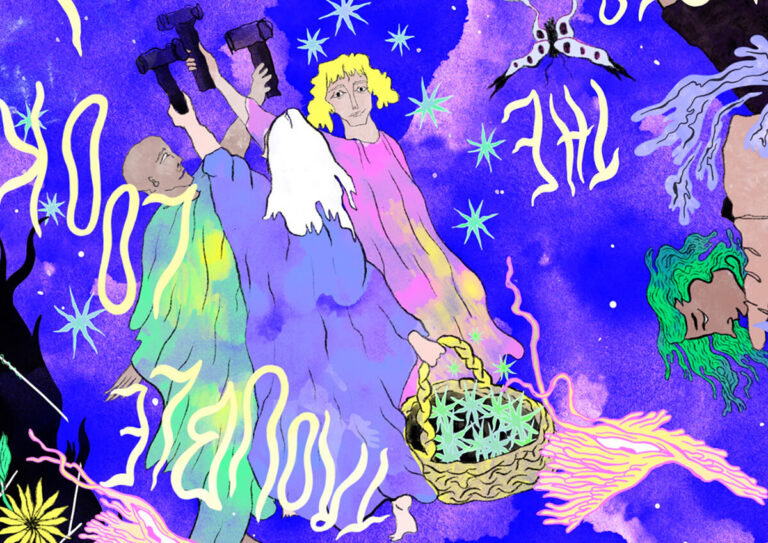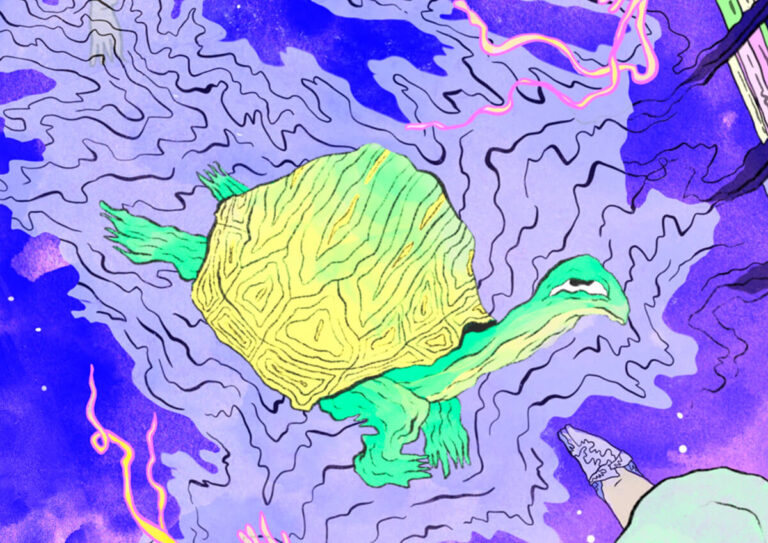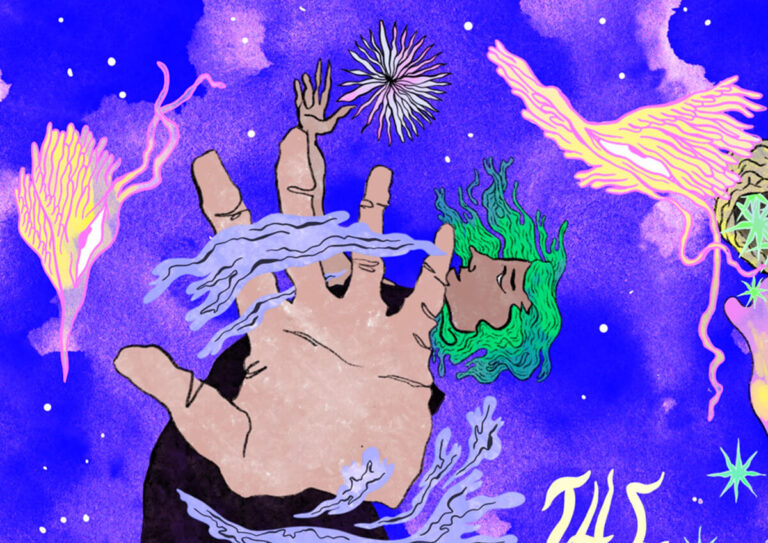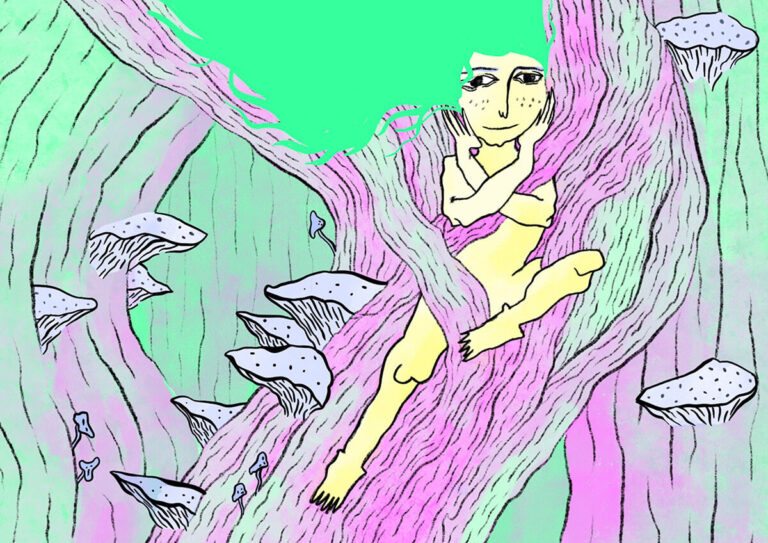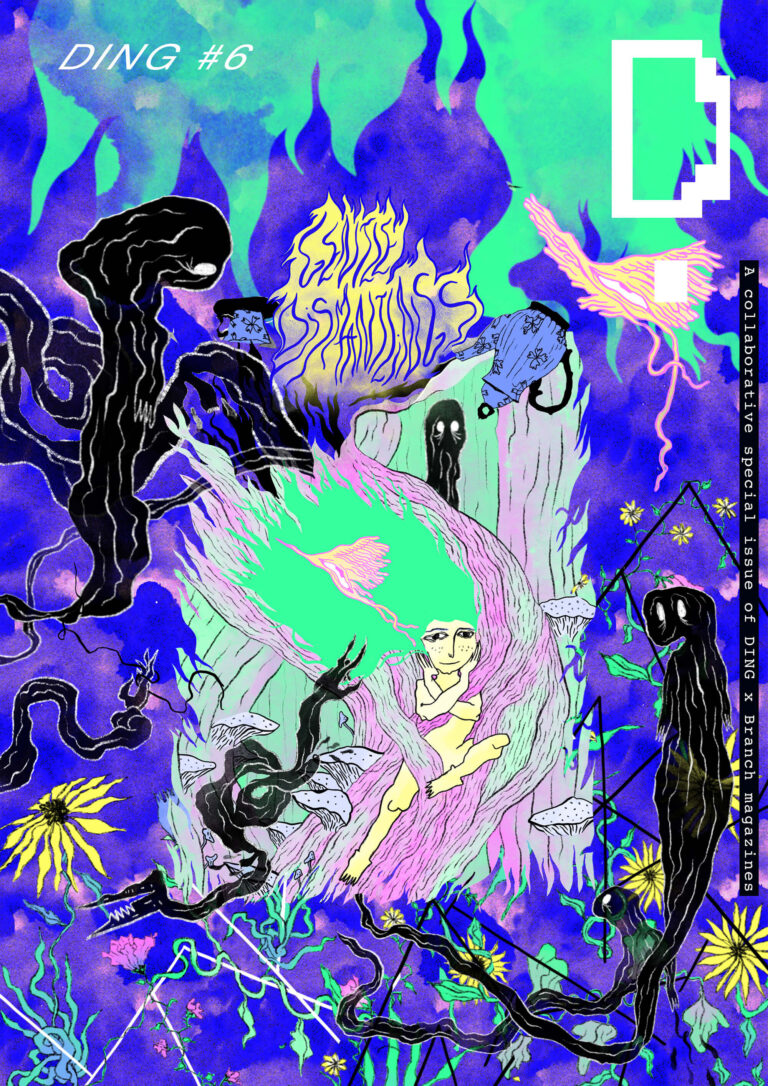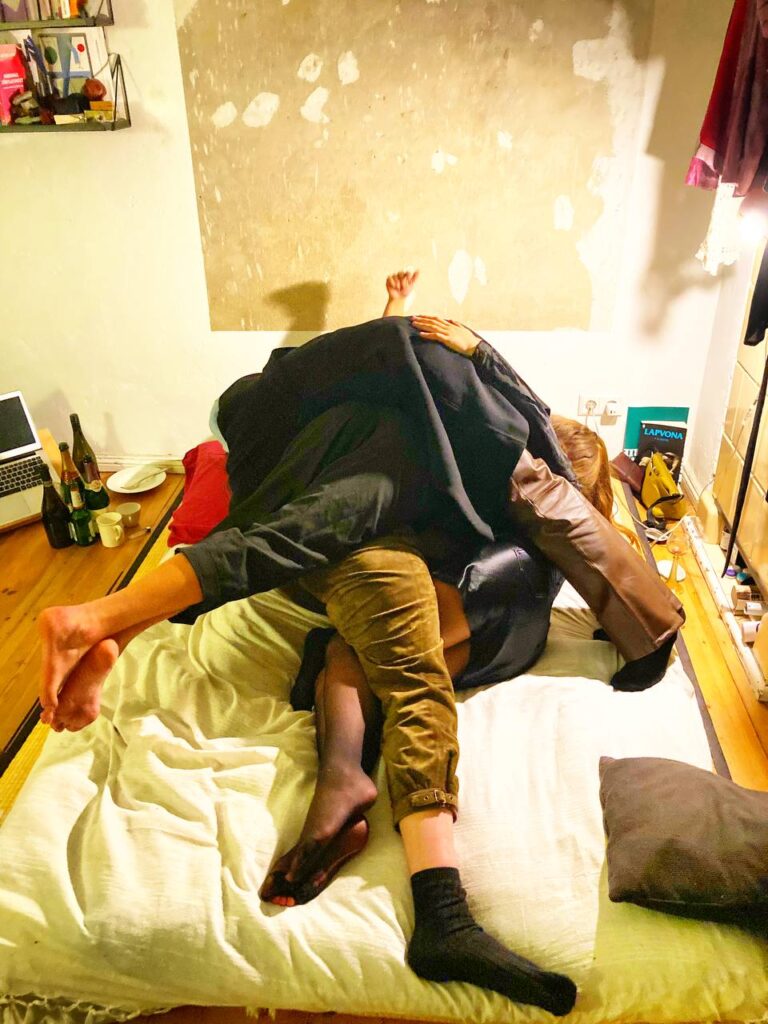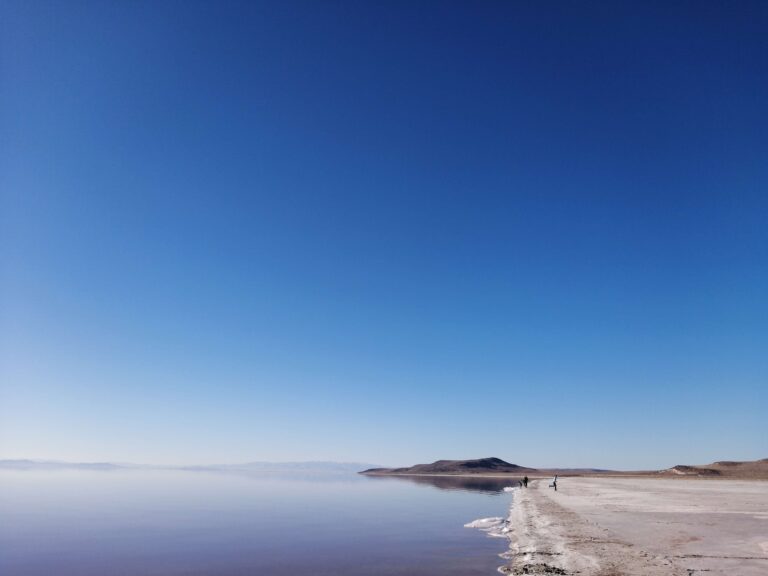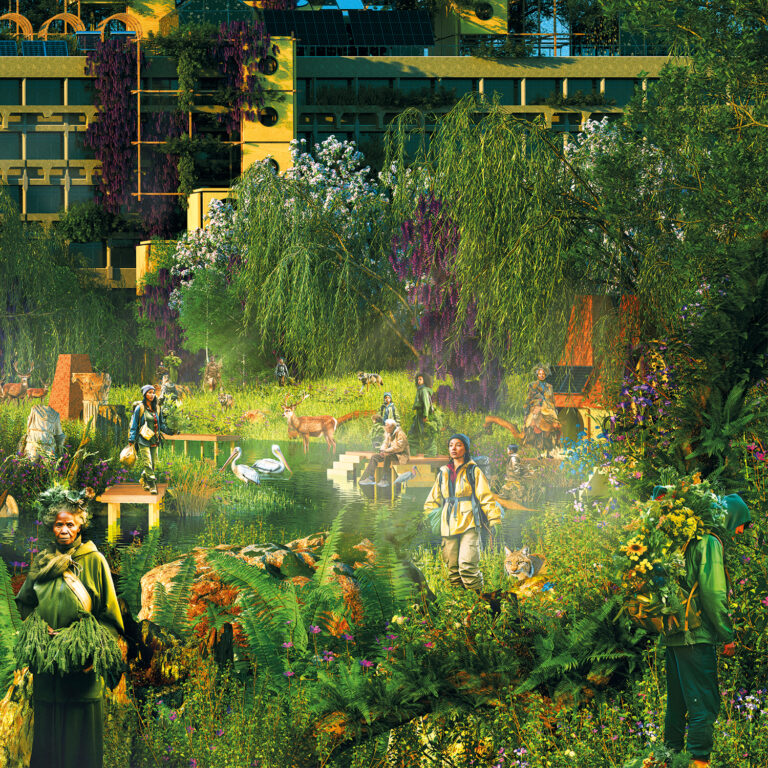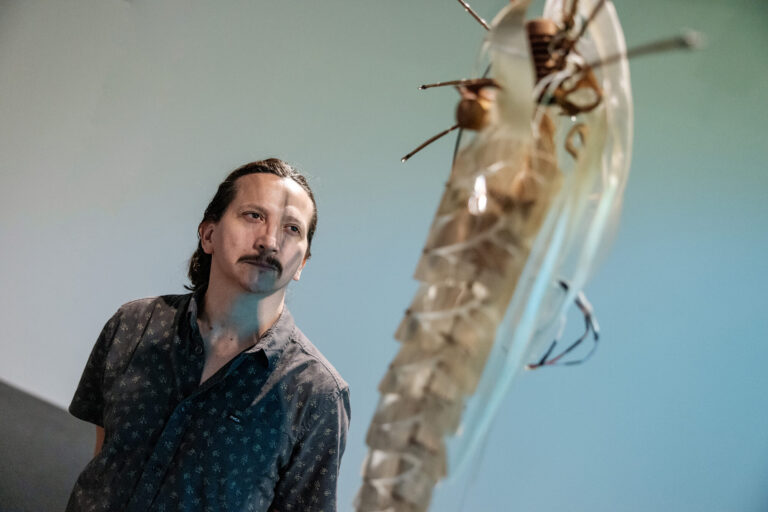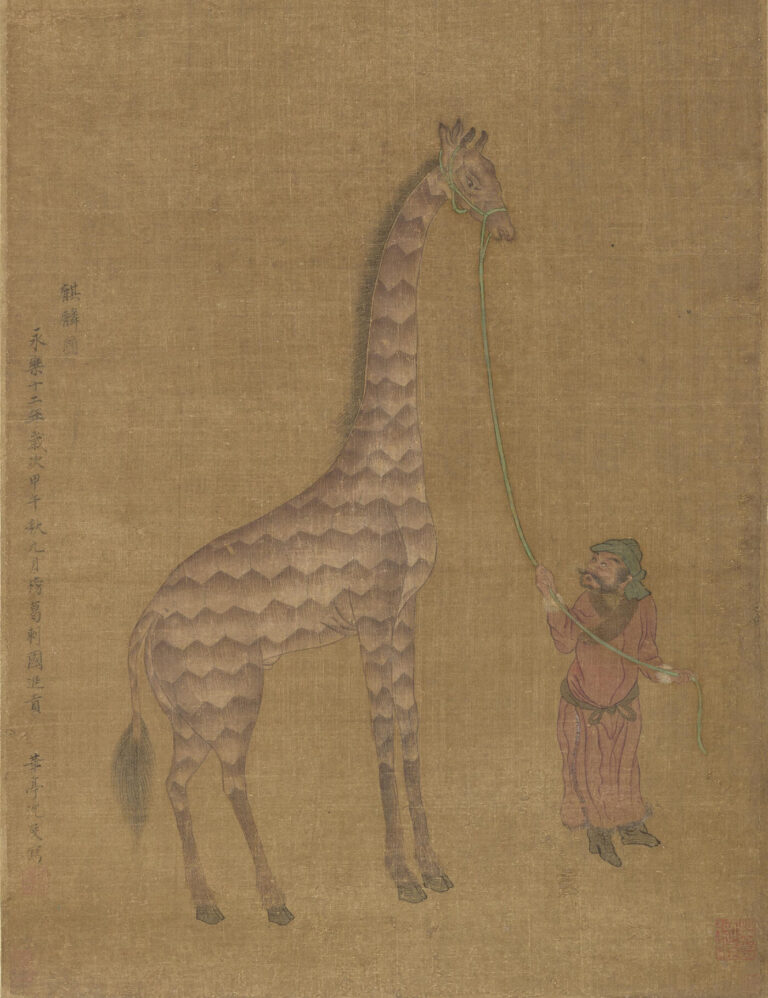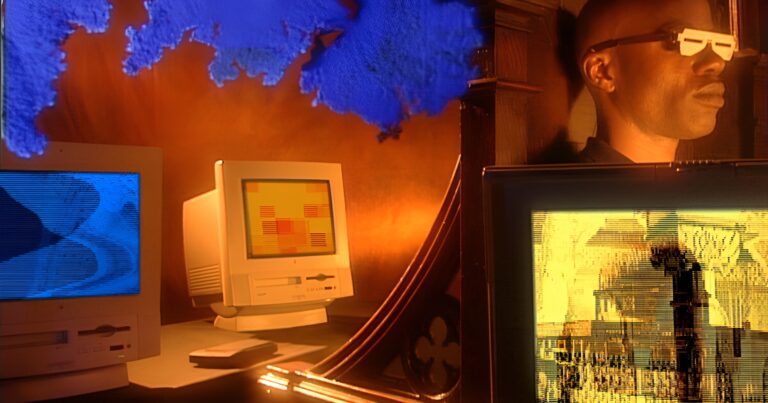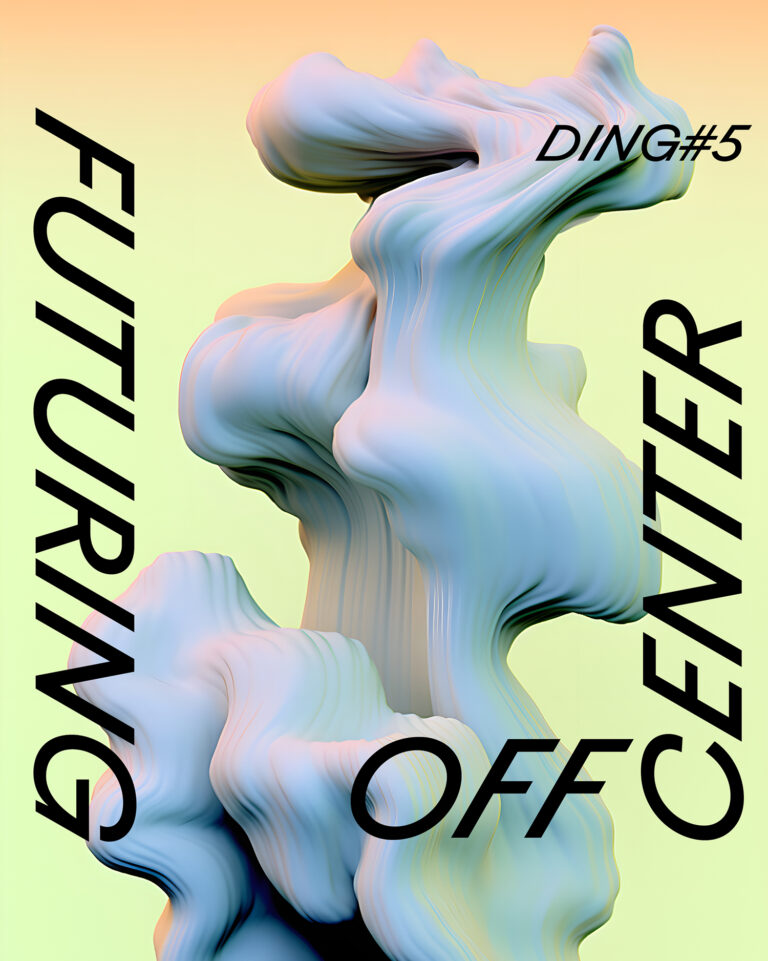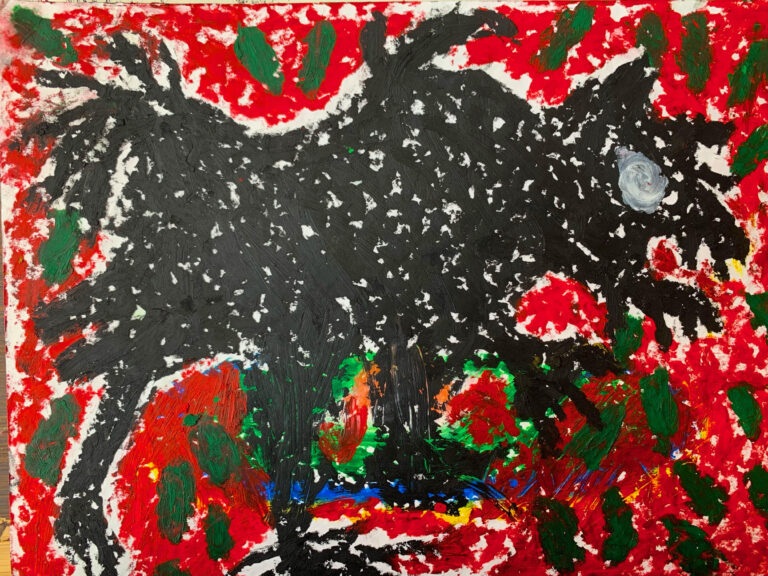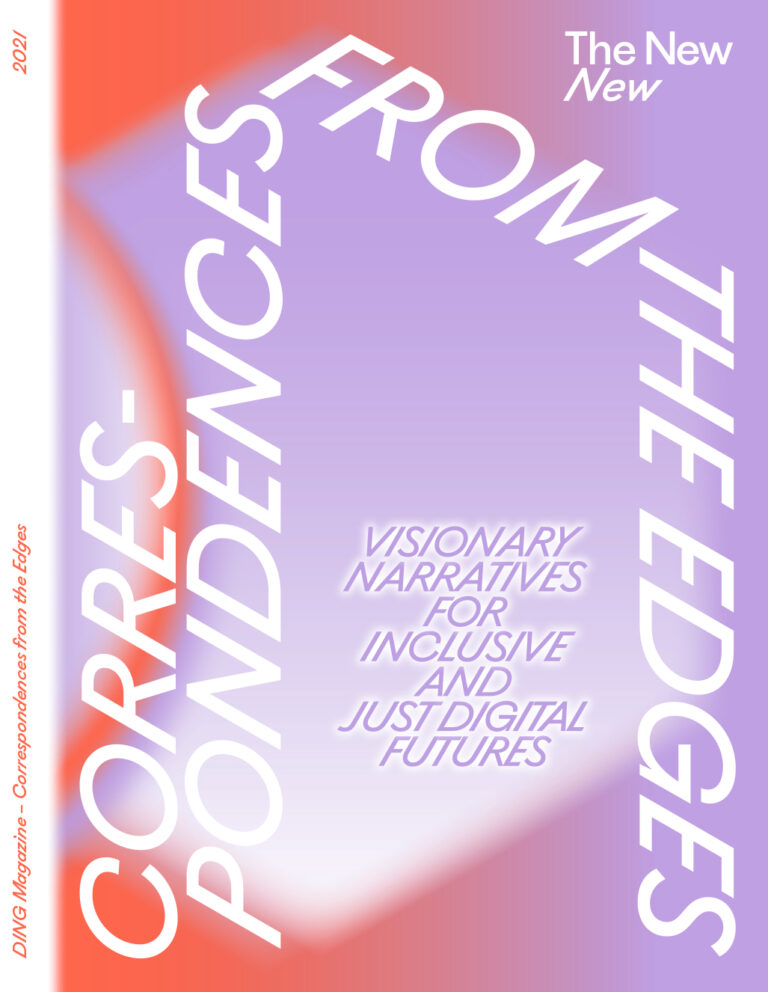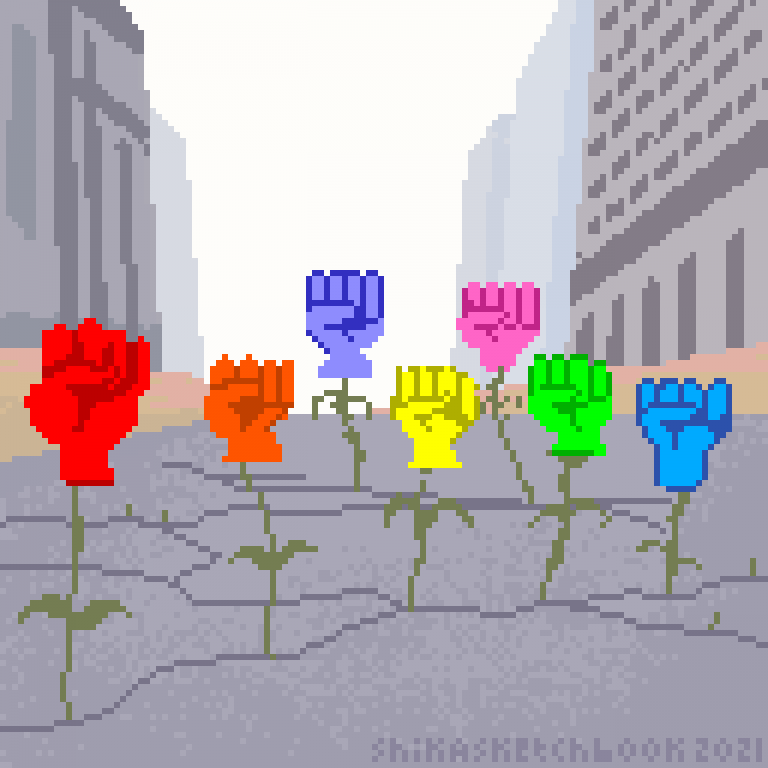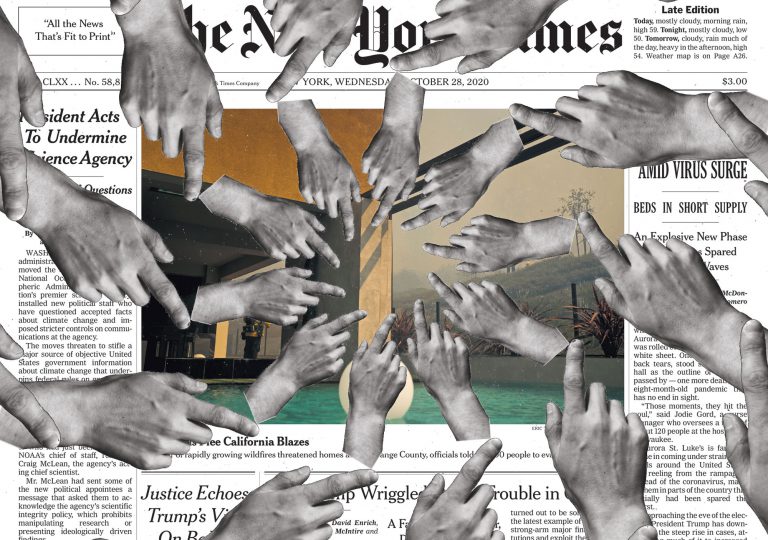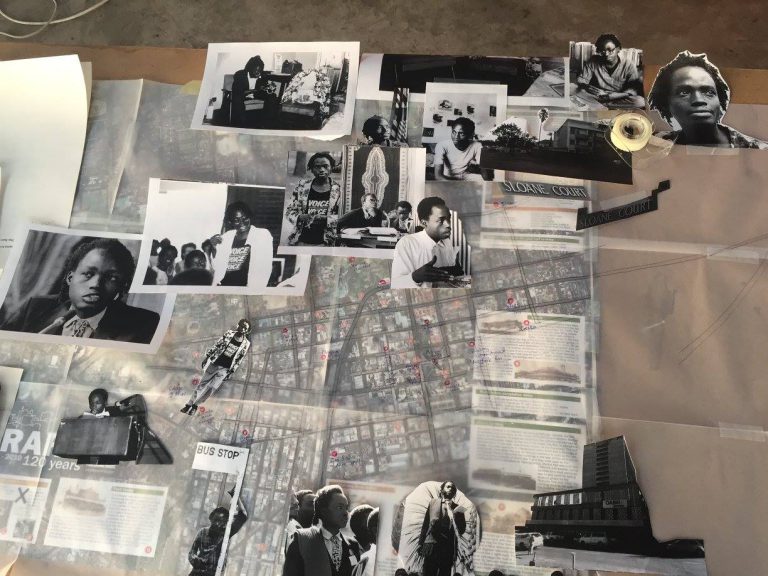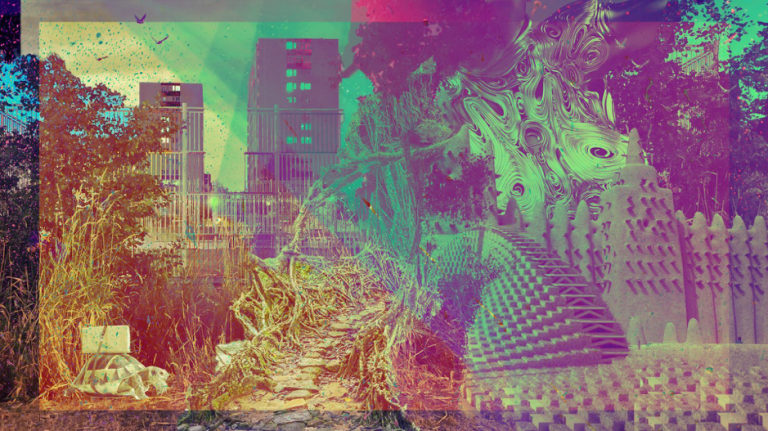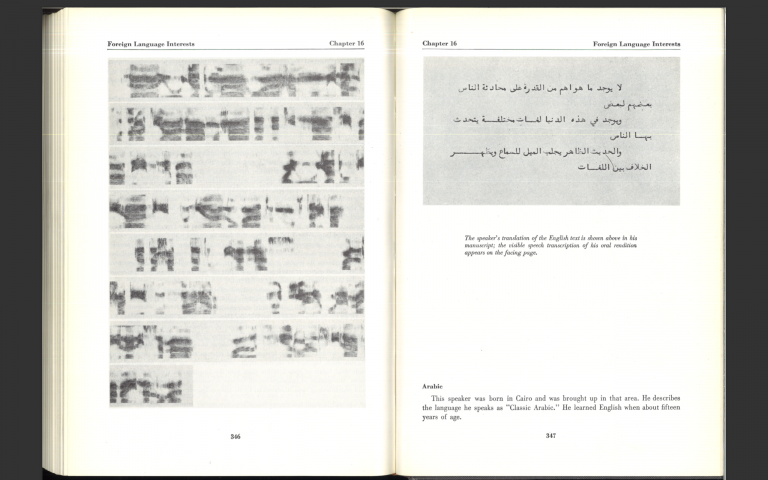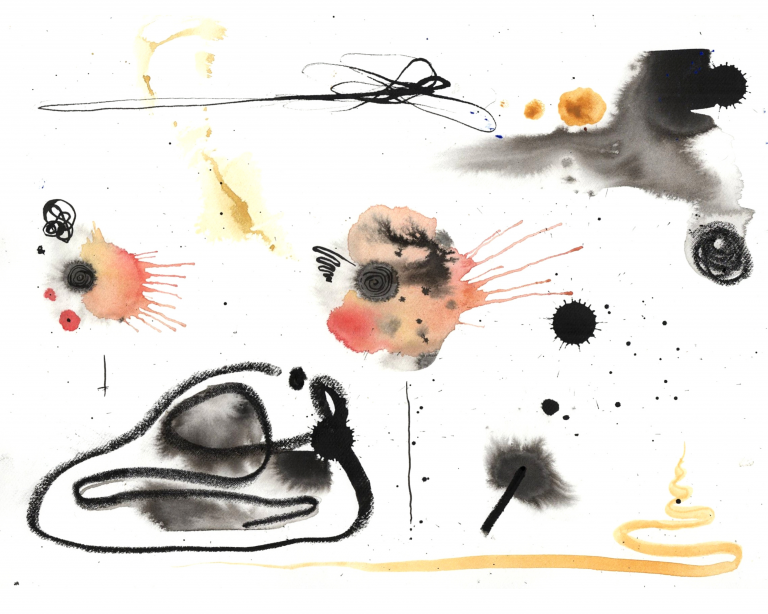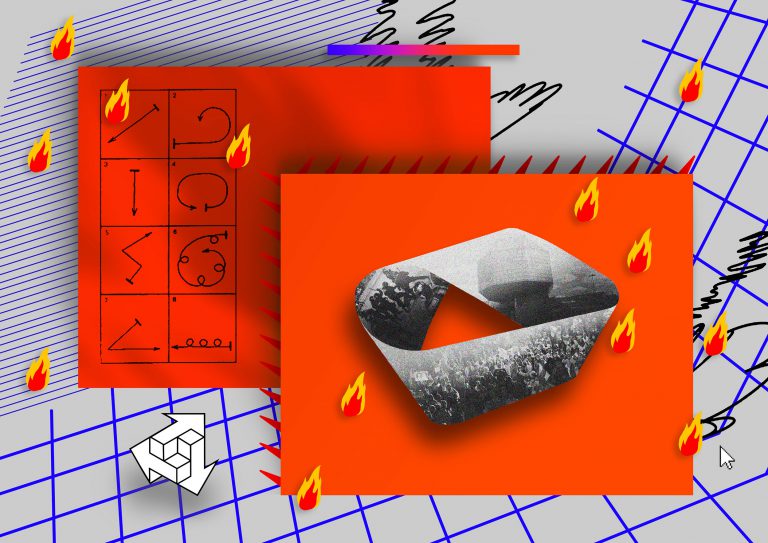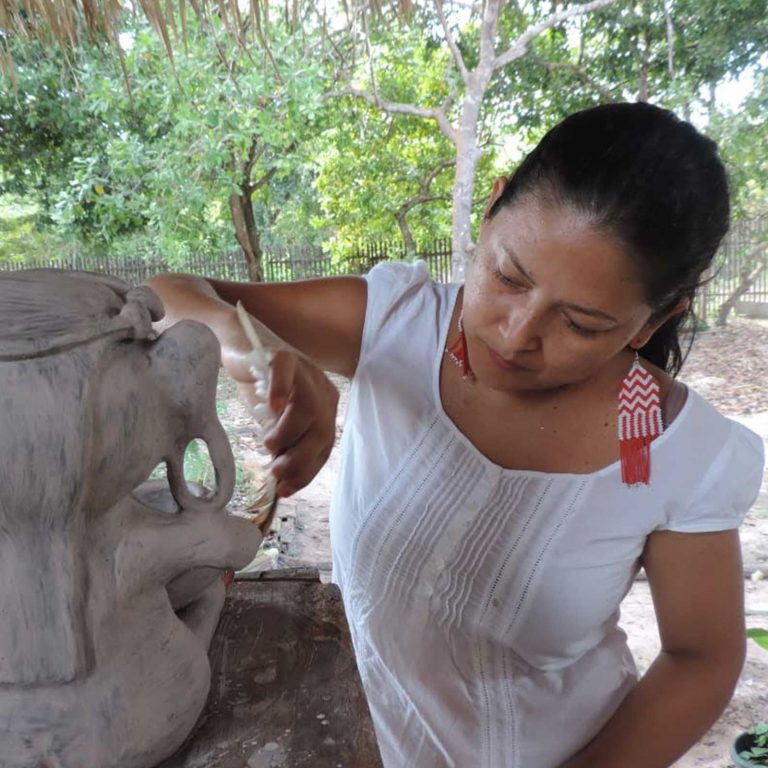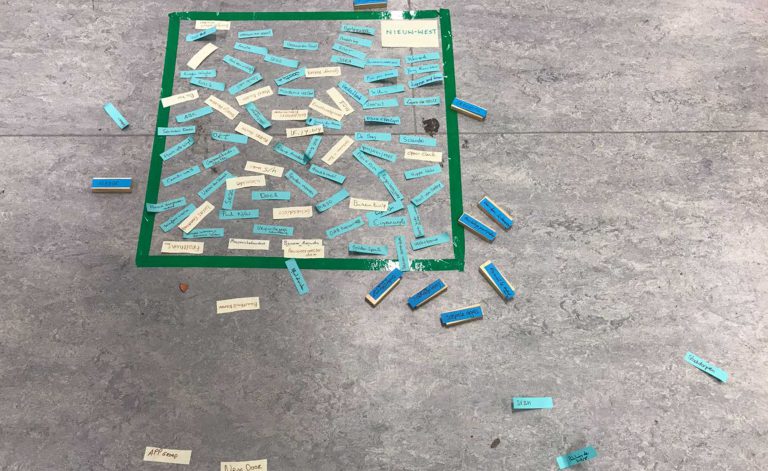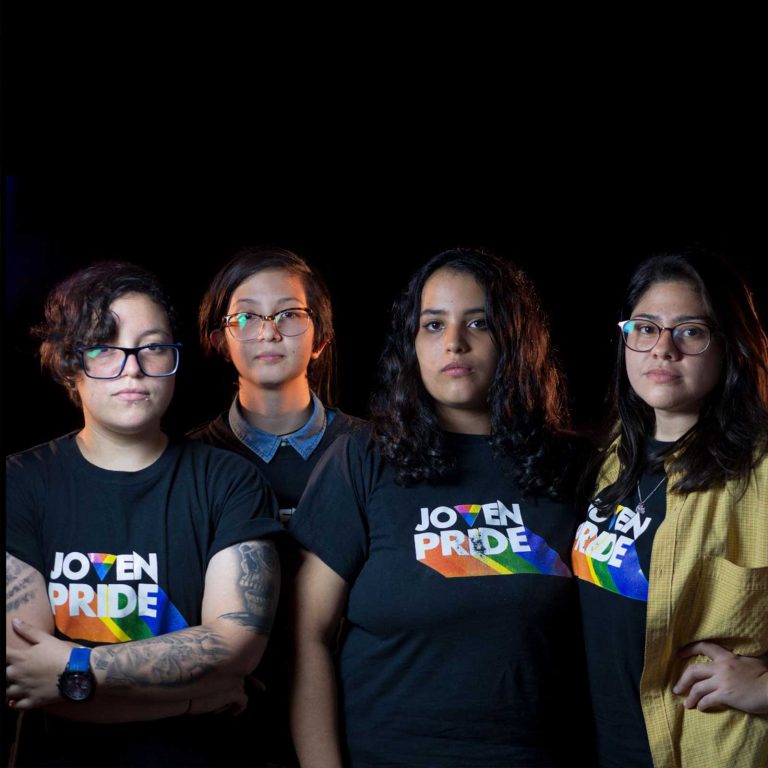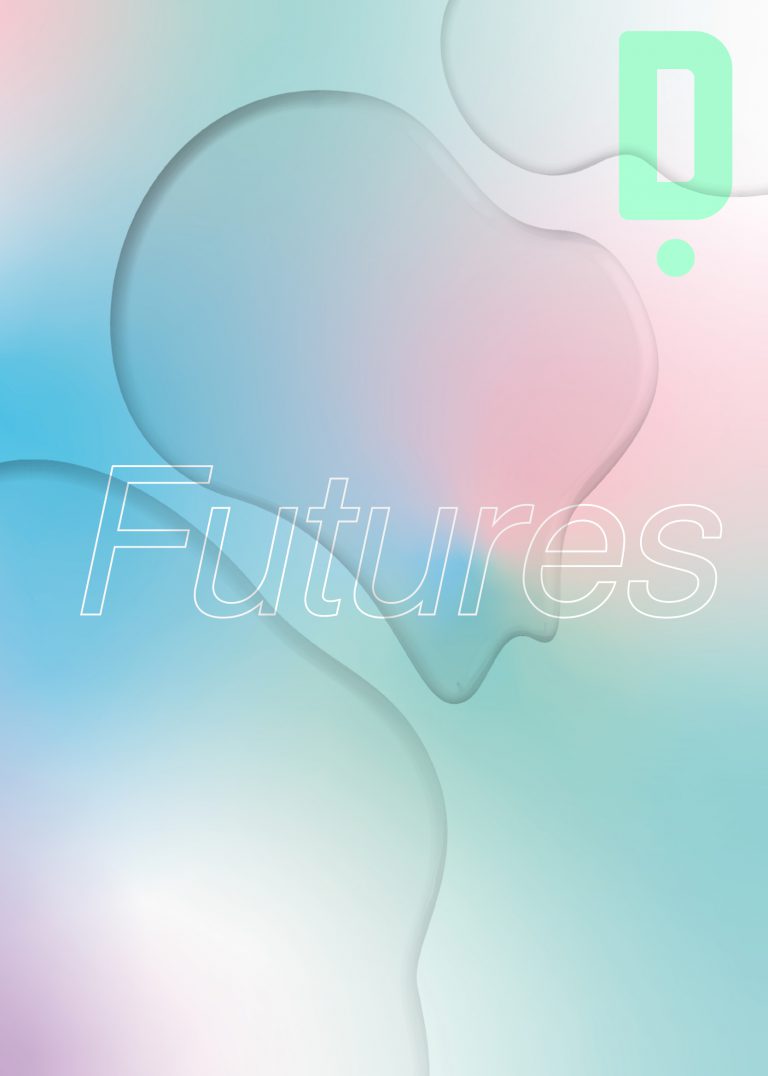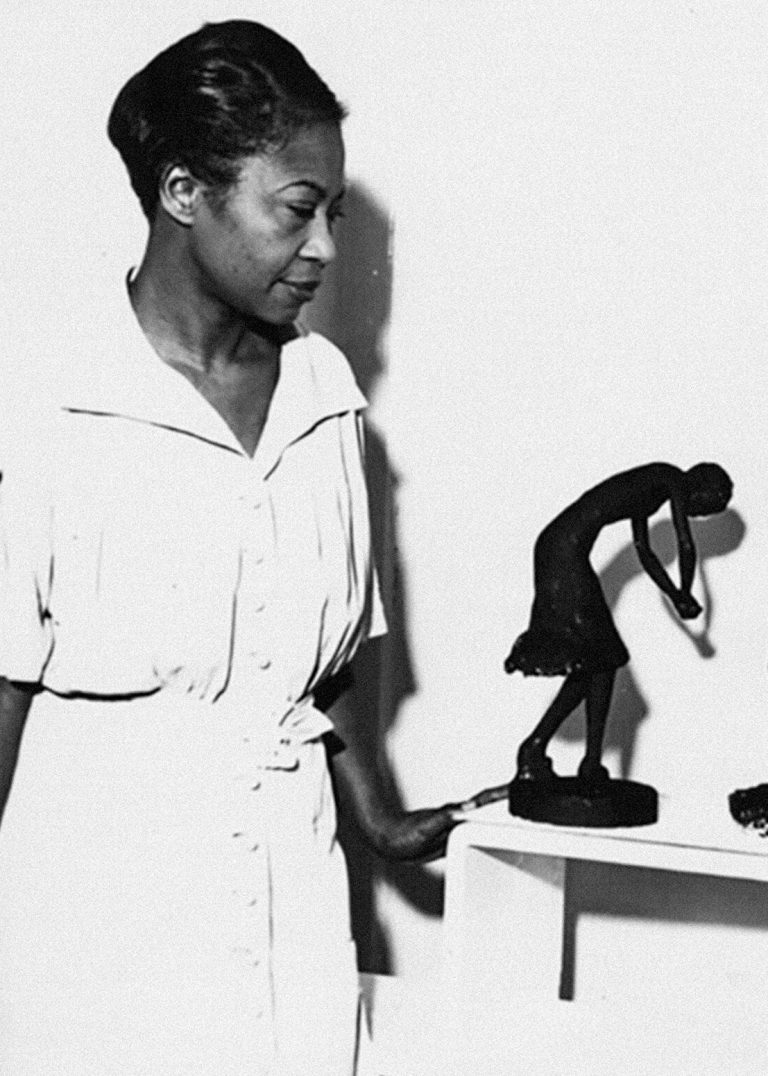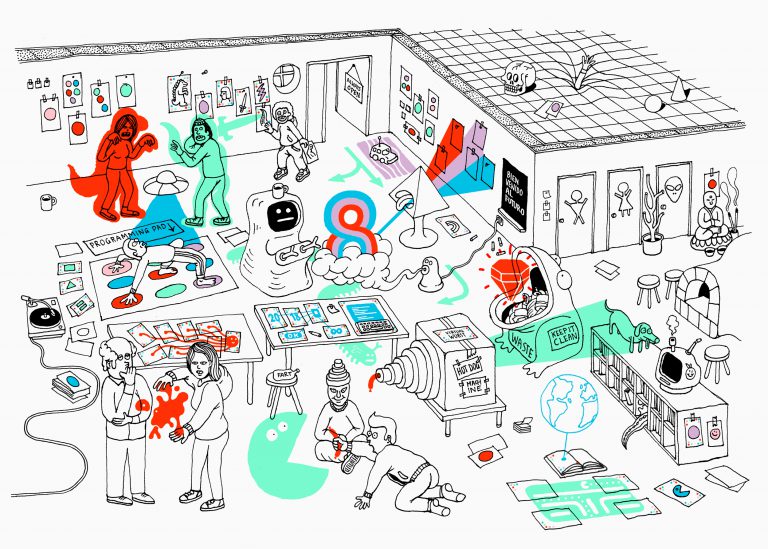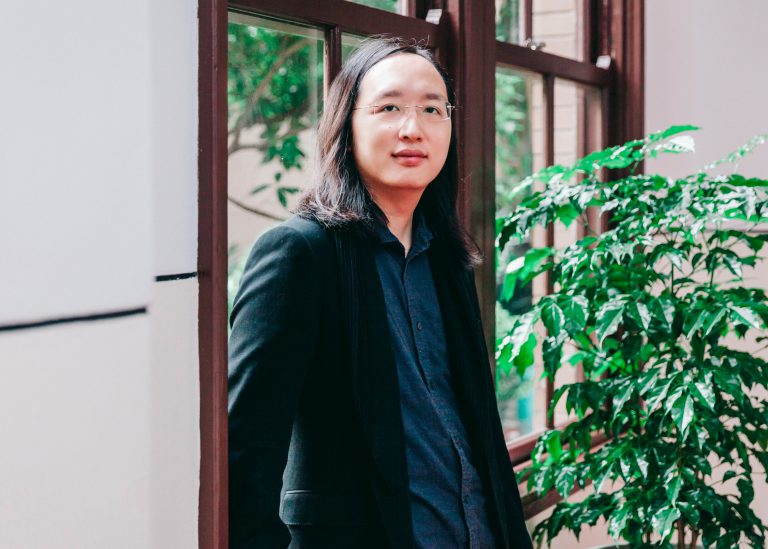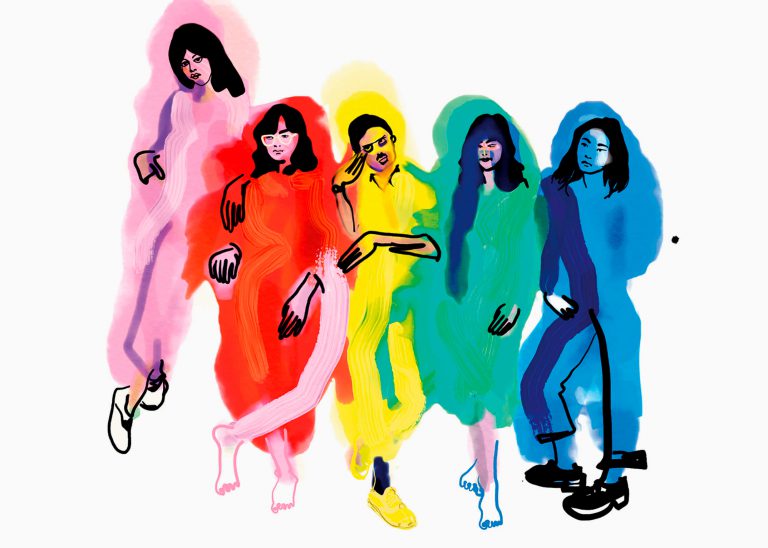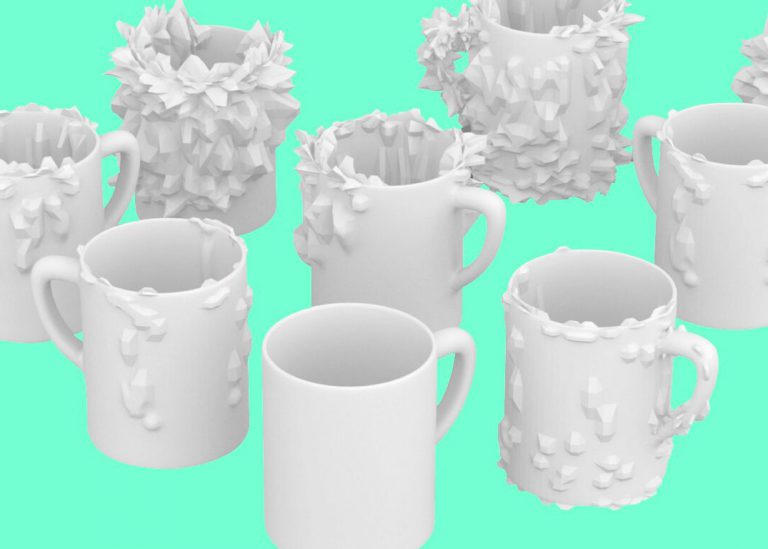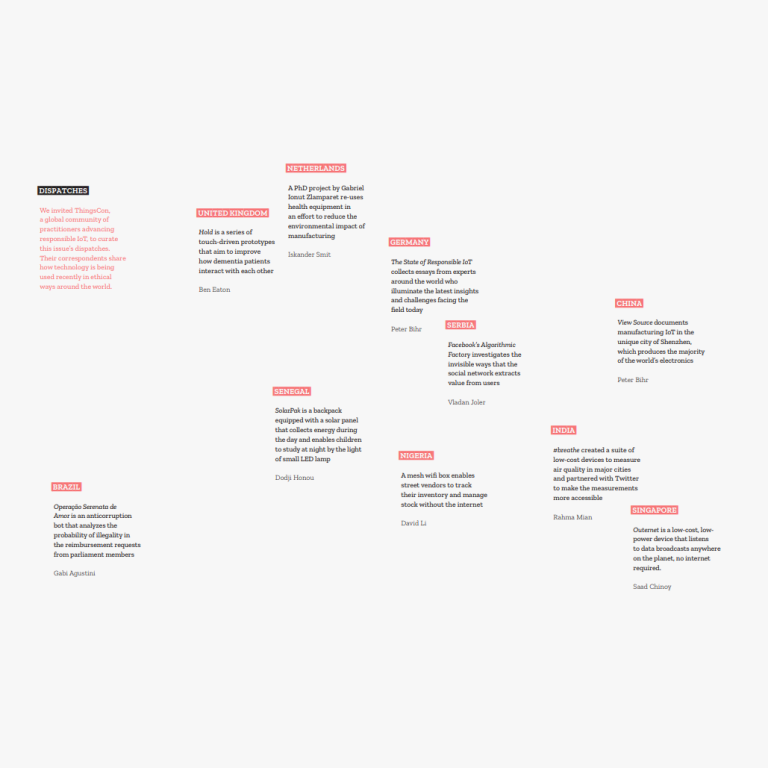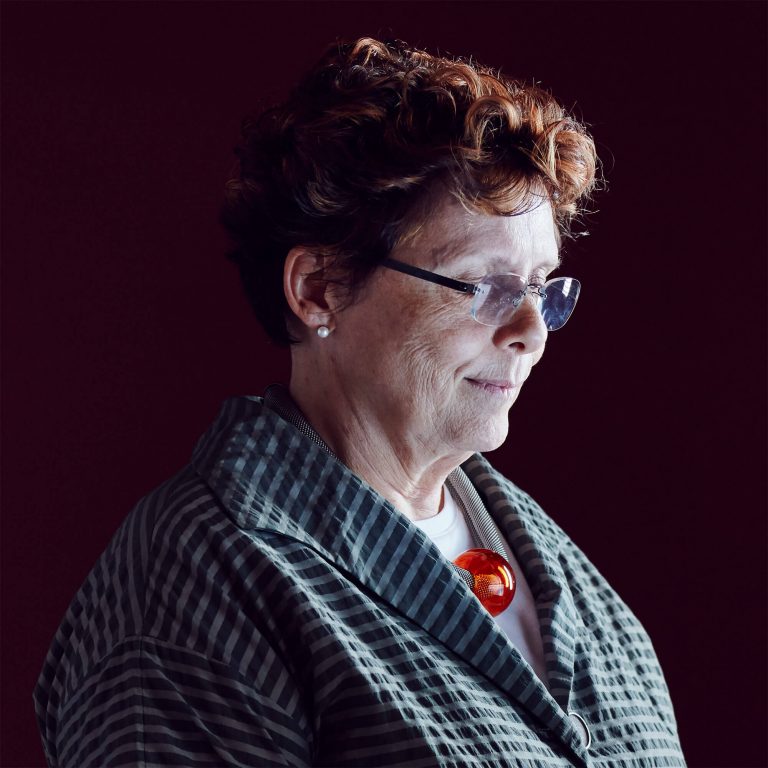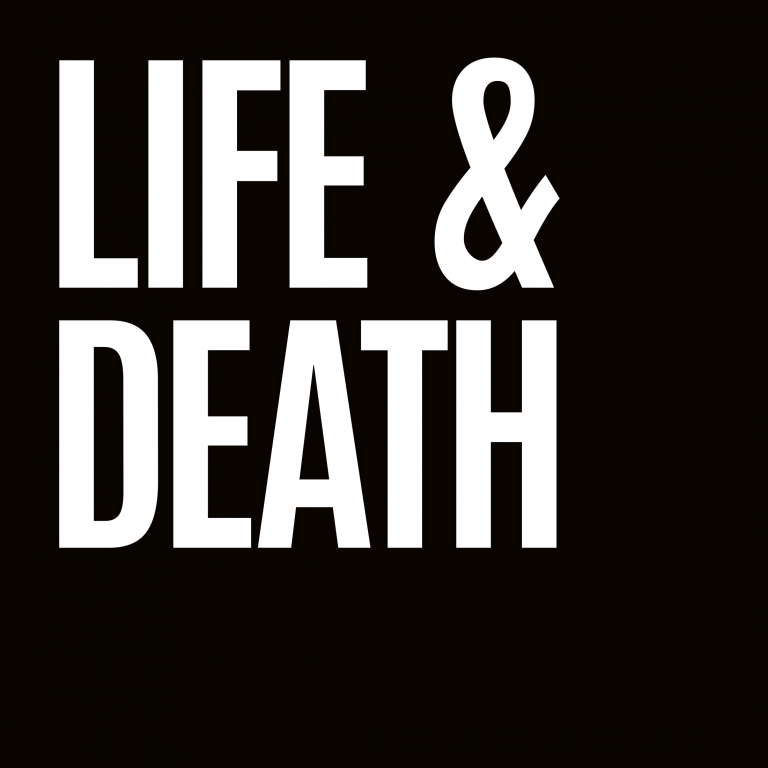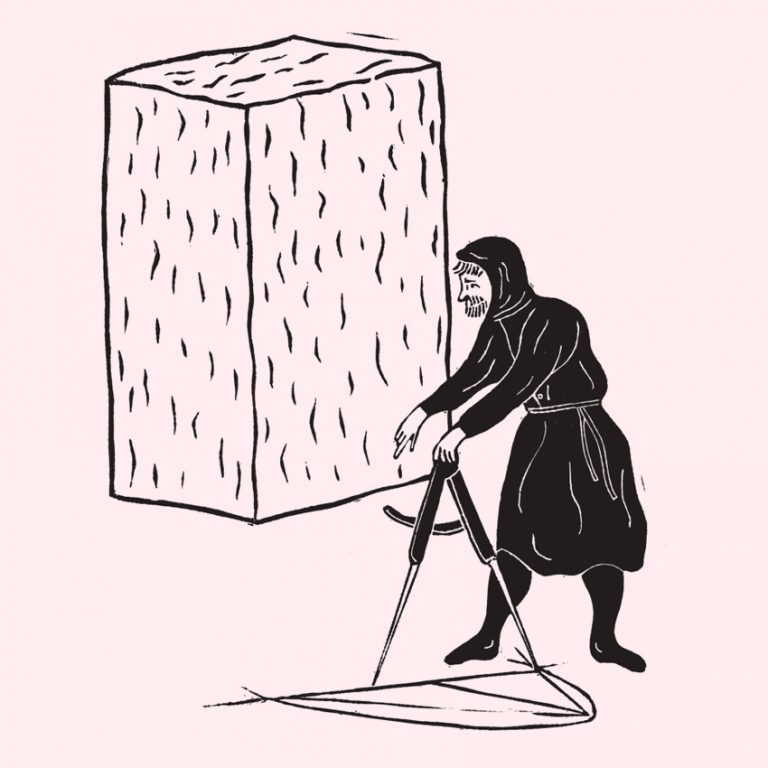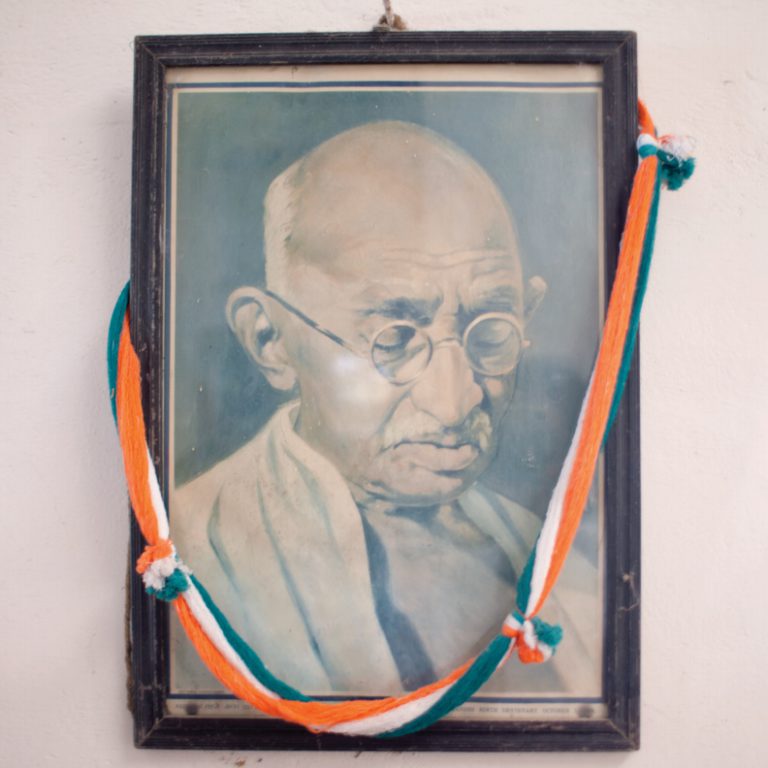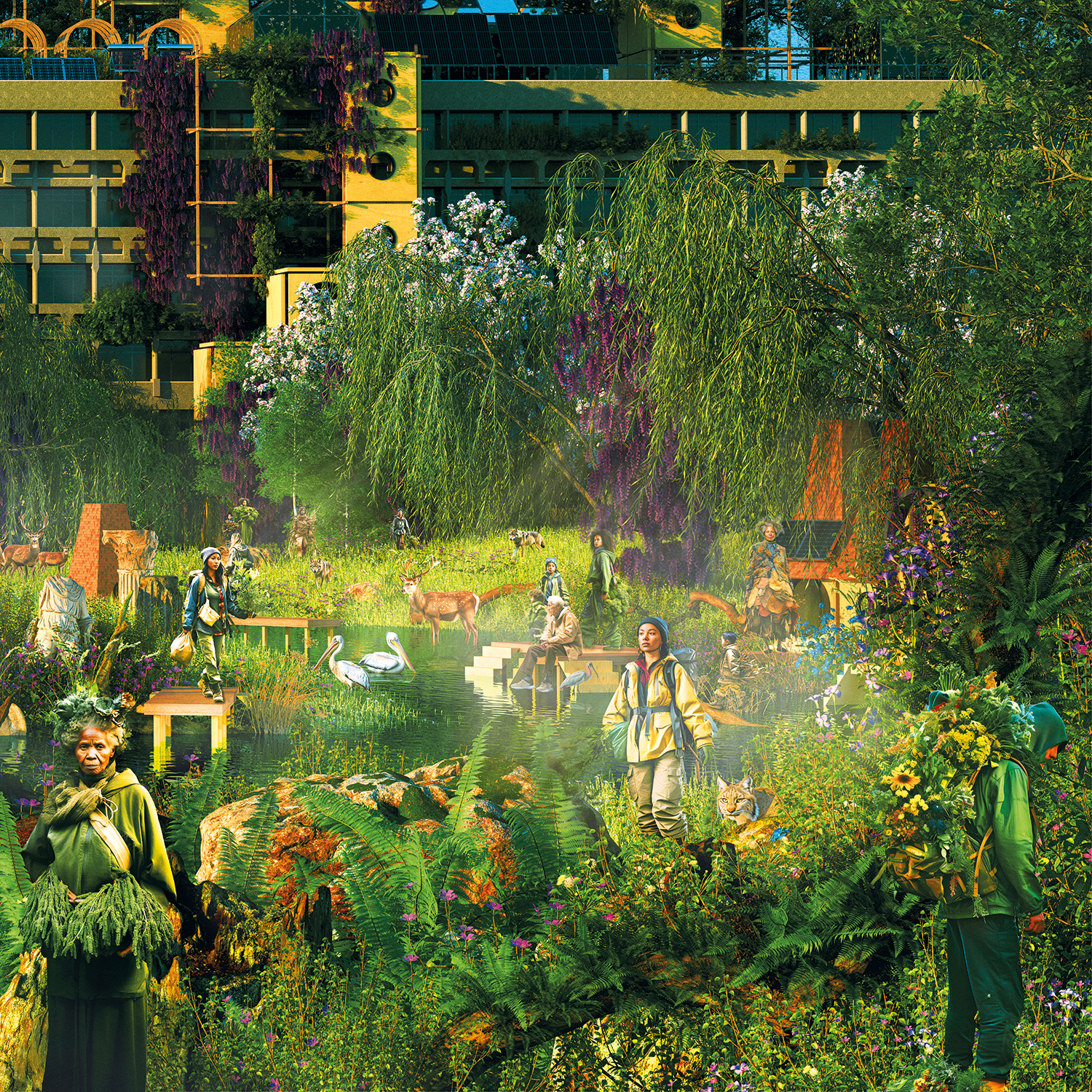
Anab Jain is the Co-Founder and Creative Director of Superflux, a pioneering studio in speculative design, critical foresight, design fiction and experiential futures, which she founded together with Jon Ardern in 2009. The goal of Superflux’s explorative and wide-ranging work is to engage people from different backgrounds with the interlaced nature of today’s challenges and improve long-term decision-making through imagining diverse possible futures.
In an online interview with Anab, we learned more about Superflux’s current projects, methodologies and approach as well as some of the most important aspects of the studio’s work.
Julia: What has inspired you over the years to keep going, and what continues to excite you?
Anab: Our vision and ideas, and how they meet the changing world, have never been fixed. We are constantly exploring, probing, experimenting and understanding, and, given the nature of our practice, which is exploring possible futures, I don’t think we can ever get tired of it. A lot of what we started off doing around cautionary tales is part of our reality now, so in some ways, we’re energized to disseminate our ideas more quickly and widely because it feels like a crucial time in our history. Our work is a test site as much as an opportunity to present new possibilities to the world.
Julia: Are there any methodologies you used in the beginning which you wouldn’t implement anymore because you, your work or the communities involved have evolved?
Anab: Although Jon and I started off generating cautionary tales that we thought would become early warnings for new technologies, it feels like we’re collectively living inside one now. There is palpable fear, palpable anxiety, in our everyday lives, a sense of being overwhelmed. Since we can’t shy away from the reality of our multiple crises, our overarching interest is how we can navigate these fears and generate beacons of hope with different stakeholders. Perhaps they can take us to places where we could live differently from how we do now and still thrive. We’ve a genuine desire to see what we can collectively find and gather of our shared humanity – not only in terms of technological solutions, but also culturally and socially.
Julia: Your approach in ‘Cascade Inquiry’, which imagines future worlds where positive climate action has been taken, is quite different from ‘Mitigation of Shock’, an older project in which visitors are immersed in a future world riddled with food insecurity, extreme weather and resource scarcity, but provided with methods and tools to survive and thrive. What influenced you to start ‘Cascade Inquiry’ and what paths did you follow between the two projects?
Anab: ‘Mitigation of Shock’ was actually an expression of hope, because we made everything required to survive a future after climate collapse, like functional food computers and grassroots food-sharing organizations, available within the apartment in which it was set. That, for us, was palpably hopeful. As a home, it differed from today’s advanced capitalist vision, but a family was thriving there, a child was happy. Nonetheless, it was a contained domestic space, and we were increasingly recognizing the importance of our ecological entanglements.
These reflections led me to write ‘Calling for a More-Than-Human Politics’, which we presented at Tentacular Festival 2019. We began to move away from speculative realism and instead explore ways to foreground our ecological entanglement through poetic narratives and meta-poetics. ‘Refuge for Resurgence’ and ‘Invocation for Hope’, sought to research and regenerate an ecologically just future – a trajectory we’ve continued with Cascade, where we recognize that these sorts of myths and narratives need to become part of our cultural reckoning.
We spent the first quarter of 2023 as climate future residents at King’s College London, seeing how people across disciplines – from war studies to neuroscience, climate science to geography – are all working their own beats, trying to find the dots that connect, and how we, as myth-makers, storytellers, creators of futures, can bring them together. Cascade is an initiative to shift the narrative, encourage new ways of thinking, and co-imagine with different people. We need it to grow. We don’t really have funding for it, but it’s urgent that we put positive and hopeful versions of the future into the world that have come from diverse communities.
Julia: What would you envisage for ‘Cascade Inquiry’, if you had all the funding you could imagine?
Anab: We’d like to take over spaces that are not necessarily a museum or gallery. It could be abandoned spaces, it could be forests, it could be city squares. It could be inside a bank, it could be anywhere. In an ideal world, it could be a room in your apartment. Cascade needs to become your adjacent present. As one of the scientists told us during our residency, another world is in superposition with our current one. So in a way, we are poking holes for people to peer through, and maybe even smell and touch it.
Julia: How does your work build on the efforts of others working on similar problems?
Anab: We absolutely cannot take credit for coming up with the idea of using hope to envision different futures. We are deeply inspired by people on the ground, for example, the Rojava communities in Kurdistan who are establishing incredible self-governance, ecological growing and permaculture movements, transition towns – you name it. What we are trying to do is make those futures truly tangible and experiential for people unfamiliar with them so that they cannot be dismissed. People are often trapped within the status quo for so many reasons that it’s hard to take the leap of faith and imagine what else could be possible. But if they do, we can co-create with them, translating their hopes and aspirations into these worlds.
Julia: What role does sensuality play in your work? Why is it so important that people get to experience their hopes and different futures?
Anab: There’s so much science around the power of embodied engagement and we are biological beings. People are often dismissive when you start using words like “feeling”, but at the most fundamental level, a lot of decisions are made through feelings or emotions. I’m not saying you don’t need the data – you need the rigor and analysis – but people don’t recognize themselves in futures made only of graphs and projections. It’s really important for people to feel themselves in those futures, to recognize how bad it can get.
Julia: In times of crisis and uncertainty, companies, civil society organizations, governments and other stakeholders seem increasingly inclined to try to predict what’s to come. Many of are even adopting futuring methodologies. What are the most common mistakes and misconceptions these stakeholders make when venturing into this work? How can they get it right?
Anab: I don’t think it’s possible to predict the future, but one of the things that’s often is missing is recognition of the interconnected nature of the challenges we face. Sometimes it’s very hard, because understanding and navigating complex systems is a challenge in itself. On the other hand, systems thinking and systems approaches tend to be very good at mapping but miss the granularity. That in-between space is messy, intangible and complex, but it’s the space we are interested in.
Julia: How do you bring different stakeholders together and share the process with them?
Anab: This is one of our biggest current challenges. We’ve done it before with small groups of communities and stakeholders, but Cascade is much more expansive, so we’ve been learning deep listening practices. We are working with the Policy Institute’s director of engagement, who is experienced in conducting large-scale assemblies and consultations, to understand how to work with constituents from different backgrounds who want to feel and know their voices are heard. A lot of our time is currently dedicated to that and I don’t think we’re going to get it right at the first instance. The other thing is to ask what you are looking for: I don’t think we are seeking consensus, but pluralism.
Julia: What role would you say the past plays in all of this?
Anab: As Jon says, the future will be built on the bones of what we’ve done so far. There are no futures without histories. We are very cognizant that what people bring are their histories, and that if we do not acknowledge these plural histories, we have no chance of imagining a shared future. I have a colonial history myself, and it’s been really difficult to understand in the last 20 years of living in the UK why nobody here studies the colonial history of Britain. It all stops around the 17th century and then it’s World War Two. Those 300 years are practically the years of colonisation that are barely touched upon in history curricula. So very few people really understand that what is quite recently, and pleasantly, known as Commonwealth is essentially the conglomeration of colonies on whom severe atrocities were committed.
Julia: What are you currently reading that you would recommend for anyone wanting to follow up after this interview?
Anab: For Cascade, I’ve been reading a lot of theory. For my university, I’m reading a book on the Orkney Islands by Laura Watts called ‘Energy at the End of the World’. I’ve also been reading Tim Ingold and Karen Barad as well as Gandhi’s ‘The Story of My Experiments with Truth’.
Julia: Thank you Anab for this interview!


